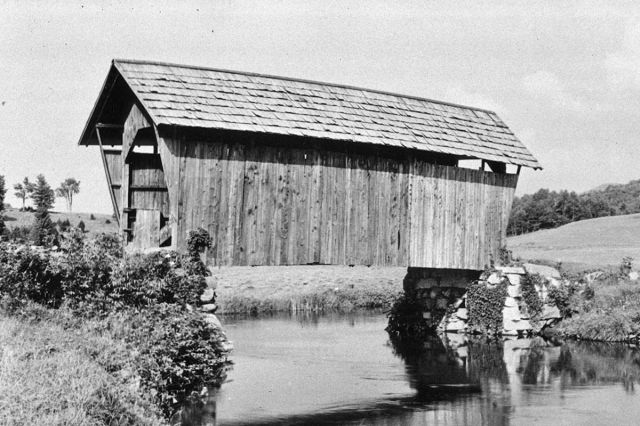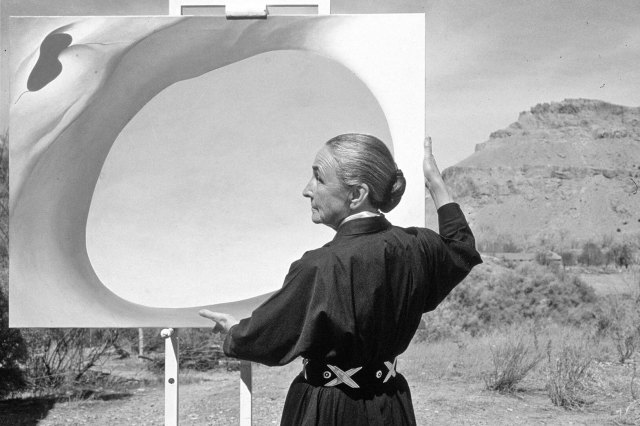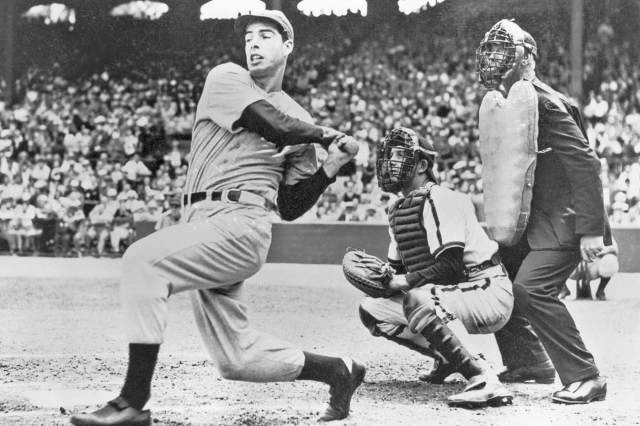The Olympics used to have medals for painting and literature.
At the 1912 Stockholm Olympics, the perfect brushstroke was just as likely to win a medal as the quickest sprint. That year, Pierre de Coubertin — co-founder of the International Olympic Committee — introduced a series of Olympic events in the fields of painting, literature, music, architecture, and sculpture, with the rule that all creations must be sports-themed. Though many of the newly eligible competitors lacked the physical prowess of traditional Olympians, some excelled at both the athletic and the artistic. American marksman Walter Winans not only won a silver medal for sharpshooting at the 1912 Games, but he also took home gold for his 20-inch-tall sculpture of a horse-drawn chariot, titled “An American Trotter.”
In future Olympiads, the artistic events focused on even more niche disciplines. By the 1928 Amsterdam Games, architecture was subcategorized into design and town planning, while literature was divided into lyrical, dramatic, and epic works. After a hiatus during World War II, the arts returned as official Olympic events one final time at the 1948 London Games. It was there that 73-year-old John Copley won a silver medal for his engraving titled “Polo Players,” becoming the oldest Olympic medalist in history. Unfortunately for these more right-brained Olympians, new IOC president Avery Brundage led a campaign to remove the creative events from the official Olympic program, relegating the arts to exhibition status by the 1952 Games. All 151 artistic Olympic medals that had been awarded between 1912 and 1948 were stricken from the official record books.















